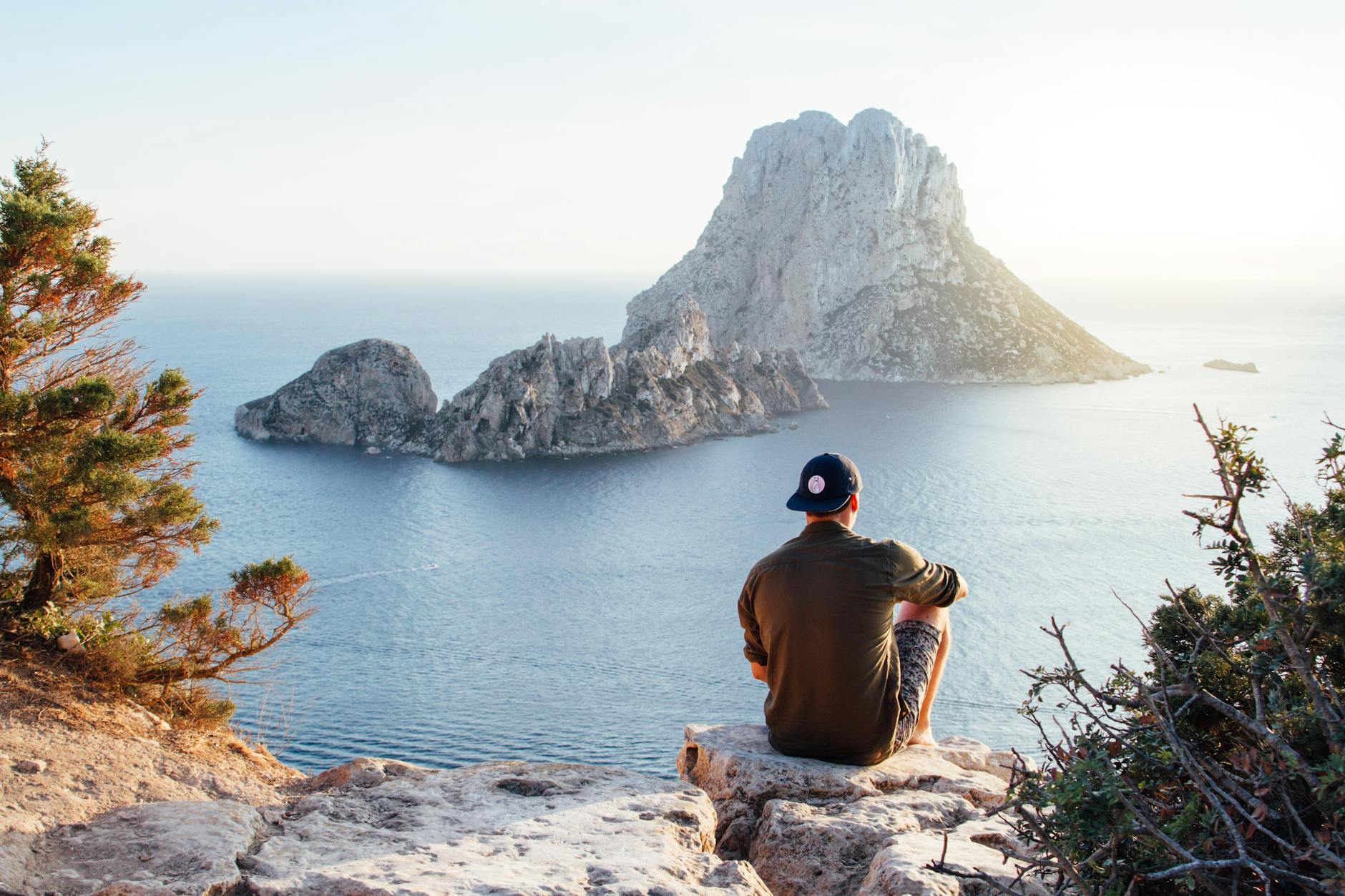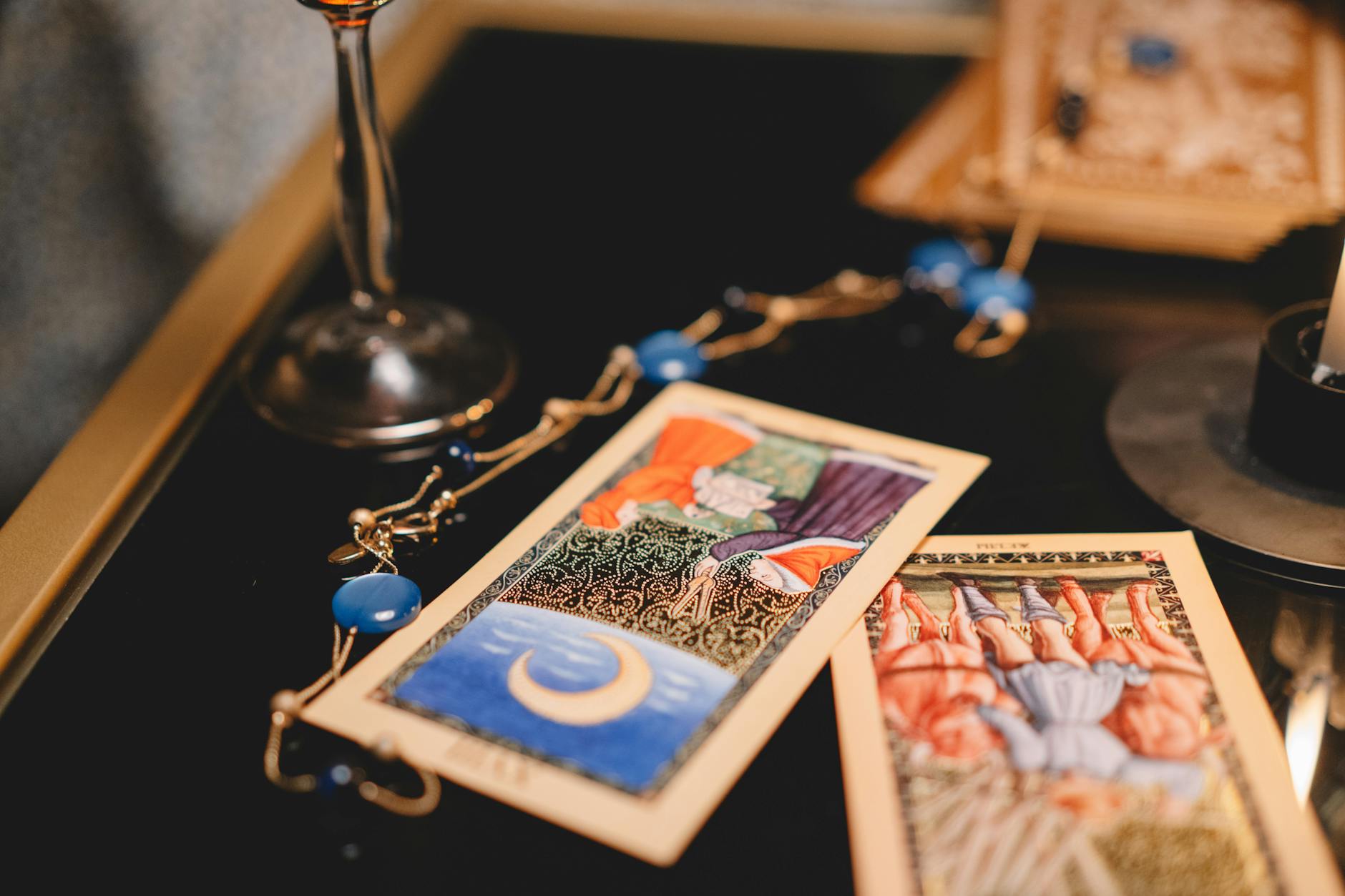Nikon N80 body review (F80 outside of US). I’ve had this Nikon N80 for about five months. A good time to give it a review. First of all, I’ll move to digital eventually folks, but I have to say that it is kind of nice to have such an inexpensive high quality camera in 35mm. The “A&I”:http://aandi.com developing has been awesome.
Experience so far is with the basic Nikkor 50mm F/2.8 lens, SB50DX lenses, so it is very standard kit. The biggest variable I’ve found so far is the film that I’ve been using which the lastest Popular Photography “review”:http://www.popphoto.com/article.asp?section_id=3&article_id=679 comfirms:
* Fujicolor Superia XTRA 400 . This is an inexpensive film. Less than $2 from B&H. Main issue is that it is very saturated. Everyone’s lips look very red when taken with old Yashica T4 Super (a wonderful camera BTW). Connie noticed that straight off. I noticed that it is incredibly sharp. Way sharper than I could ever imagined film could be. With the Nikon N80 though, it looks quite good. A little more red, but amazingly sharp. Given that this film is less than $2, it will become our standard film I think.
* Fujicolor NPH-400. This is much less saturated and in fact looks down right fuzzy on some shots, although the latest set that I took was awesome. I think this might be to camera shake from me now that I look at it. You don’t get that incredible sharpness. I noticed that the film review on “photography.net”:http://www.photo.net/equipment/film said to expose it at ISO 320 so I’ll give that a try. This effectively means to overexpose the film by 1/2 stop. Maybe you get more saturation this way.
* Fujicolor Superia X-TRA 800. This is the 800 version that got good reviews. Certainly lets you shoot in lower light. Haven’t developed the film, but will be interesting. Wow, this works super well in low light. On a 4×6, you really don’t see the grain and that extra stop really does help. It is expensive film though at $4-5 so only for special occasions where you really have to shoot available light. The SB50X is just great in enclosed rooms because it can bounce flash. I’ve had super results with it, so the X-TRA 800 is really for special outdoor and other large room low light situations.
* Fujicolor Press 800 Professional. This is the press version of the film I got from B&H. Will be interesting to see how this does. Supposed to be very good in lowlight conditions. To my eye, I couldn’t tell the difference between this and the Superia. It is probably there, but hard for me to see, so I’d probably buy on price.
That leaves just two films left to try:
* Fuji Portrait NPZ 800. This is the portrait film version at 800. Supposed to be of as high quality at 800 as the NPH-400 is at 400.
* Kodak Portra 400UC. This is way more expensive than Fuji. I’ll let you know what I find out. This has extra high sharpness compared with most other films and isn’t too saturated for natural colors.
As of right the overall recommendation is Fuji Superia XTRA 400 for every day use, with tests out on the Kodak Portra 400UC and the Portrait NPZ 800. I will probably carry in my bag mainly the Superia with an 800 film for special occasions.s.
Only other thing that I’d really like to have is a high quality zoom lense. These are really expensive. There is the Nikkor 30-70mm F/2.8D and the Nikkor 28-80mm F/2.8D VR. These are about $500-700 and $1200-1500 respectively and are incredibly heavy, but wow, what great lenses. Also, there is the longer 80-200mm F/2.8D VR out there as well.
Nikon N80 — Film Reviews (After 5 months)
Published by
on
Hello,
I’m Rich & Co.
Welcome to Tongfamily, our cozy corner of the internet dedicated to all things technology and interesting. Here, we invite you to join us on a journey of tips, tricks, and traps. Let’s get geeky!
Let’s connect
Join the nerds!
Stay updated with our latest tutorials and ideas by joining our newsletter.






2 responses to “Nikon N80 — Film Reviews (After 5 months)”
You’re right of course. An inexpensive portrait lense at 85mm is really all that you need. I agree some great film also makes a difference. I like Fuji CN-400 as well but the Portra 400UC is good as well.
I’m going to go digital, but waiting another year for the price to bottom out. We are on a steep curve right now and I like to wait. Givn the Nikon was $400 for lense and body and I can use the lense if I want later seems like a good decision.
The main think I dislike right now is the shutter lag in the cheap digitals.
Try a fixed portrait lense (e.g. 85mm/f1.8 or similar) plus some high quality film (Kodak Portra 400VC/NC) then add a little natural sun light and you’re set. I agree that the fast macros are really expensive as are the nice digitals. But, if you are serious about photography you will save alot of money in film/development cost going digital since you can easily cull your bad shots. I mean how many truely good shots do you keep (and blow up or submit to magazines) anyway?